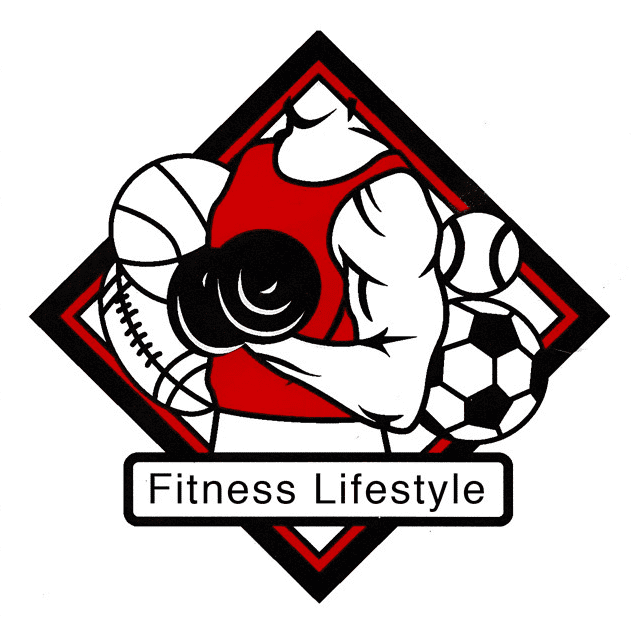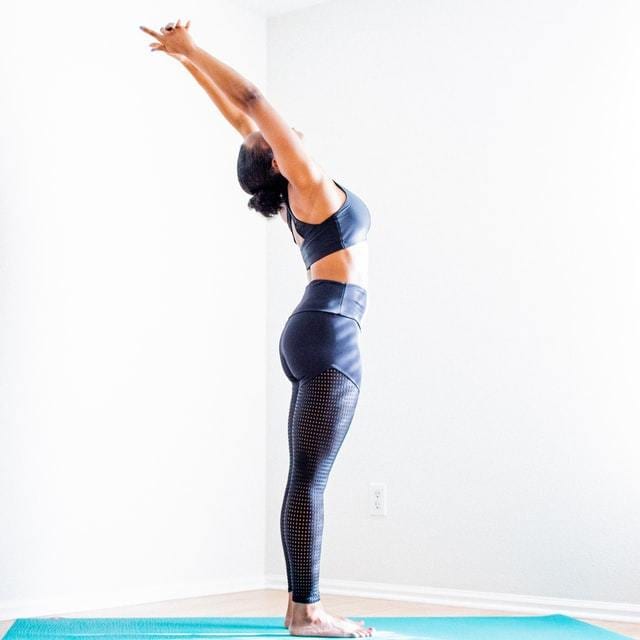Creating a workout plan is one thing; sticking to it is another. Many individuals start with motivation and good intentions, but quickly find it challenging to maintain consistency. That’s not because they lack willpower — it’s often because the plan they started with didn’t fit their lifestyle, personality, or fitness goals.
The good news? You can build a workout routine that not only works — but works for you.
In this guide, we’ll walk you through five essential steps to build a workout plan you’ll actually stick to, with tips grounded in behavioral psychology, fitness programming principles, and real-world experience.
What’s inside the guide…
Build a Workout Plan – Step #1: Define Your Fitness Goals
Before you even think about exercises or reps, get clear on your goals. What do you want out of your fitness journey?
Are you:
- Trying to build lean muscle?
- Hoping to lose body fat?
- Training for a specific sport or event?
- Simply looking to feel better and move more?
Specificity helps. Instead of “get in shape,” try: “I want to strength train three days a week and run a 5K in 10 weeks.” Goals like this help you reverse-engineer a routine that serves you.
Actionable Tip: Write down your primary fitness goal and use the SMART framework (Specific, Measurable, Achievable, Relevant, Time-bound) to refine it.
Helpful Resource: CDC Goal Setting Guide
Build a Workout Plan – Step #2: Assess Your Current Fitness Level
This is where most people skip ahead — and where many get discouraged later.
Understanding your current level helps you avoid burnout, injury, or unrealistic expectations. Are you a beginner who hasn’t worked out in months (or years)? Do you have joint issues or other limitations?
Start by honestly answering:
- How active am I currently?
- What’s my energy level like on a typical day?
- Do I have any injuries or pain that affect movement?
A beginner will thrive on a simple full-body strength plan and daily walking. An experienced lifter might benefit from a push/pull split or progressive overload cycle.
Actionable Tip: Perform a mini self-assessment. Try 10 bodyweight squats, a 30-second plank, and 15 minutes of walking. How do you feel? Use that to guide your intensity.

Build a Workout Plan – Step #3: Choose the Right Types of Exercise
Here’s where you start building your actual plan. A well-rounded workout schedule includes:
- Cardio (2–3x/week): Walking, cycling, swimming, or interval training to boost heart health and endurance.
- Strength training (2–4x/week): Bodyweight exercises, resistance bands, or weights to build lean muscle and metabolic support.
- Mobility or recovery (1–2x/week): Yoga, stretching, or foam rolling to prevent injury and reduce stiffness.
Most importantly? Do what you enjoy. If you hate running, don’t run. Love dancing? Make that your cardio. You’ll be far more consistent if you like your plan.
Actionable Tip: Create a weekly layout. For example:
- Monday – Strength
- Tuesday – Walk or active recovery
- Wednesday – Strength
- Friday – Cardio or circuit
- Saturday – Yoga or mobility
Resource: Harvard Health Guide to Exercise Types
Build a Workout Plan – Step #4: Create a Realistic Schedule
Time is the biggest barrier to fitness — but also the biggest myth. You don’t need 90-minute gym blocks. You need short, effective sessions that fit into your life.
Start with what’s realistic, not ideal. Three 30-minute workouts per week beats five missed ones. Be honest about your schedule. Are mornings better? Evenings? Do you prefer structured classes or solo time?
If you have a family, commute, or demanding job, a flexible plan with at-home options might be best.
Actionable Tip: Use a calendar or app to block off your workout times like appointments. Add buffers so a late meeting doesn’t derail your entire session.
Build a Workout Plan – Step #5: Track Your Progress and Adjust as Needed
Tracking keeps you motivated — especially when the scale doesn’t move. Focus on wins like:
- Increased reps or weights
- Better energy or sleep
- Clothes fitting differently
- Improved mobility or posture
Review your workouts every few weeks and ask:
- Am I getting stronger, faster, or more consistent?
- Do I still enjoy this?
- What’s one small thing I could change?
Sometimes that means adjusting your goals. Maybe you started with weight loss in mind, but realize you love strength training and want to chase performance goals instead. That’s a win.
Next Steps
The best workout plan isn’t the trendiest or the hardest — it’s the one you can actually stick to. One that fits your life, your body, and your goals. Start small, stay consistent, and adjust often.
You don’t need to do it all today. Just take the first step. Whether that’s a walk, a squat, or opening your calendar — your plan starts now.


), //www.fitnesslifestylellc.com/wp-content/uploads/2024/10/3076514.jpg))

), https://www.fitnesslifestylellc.com/wp-content/uploads/2024/10/3076514.jpg))













